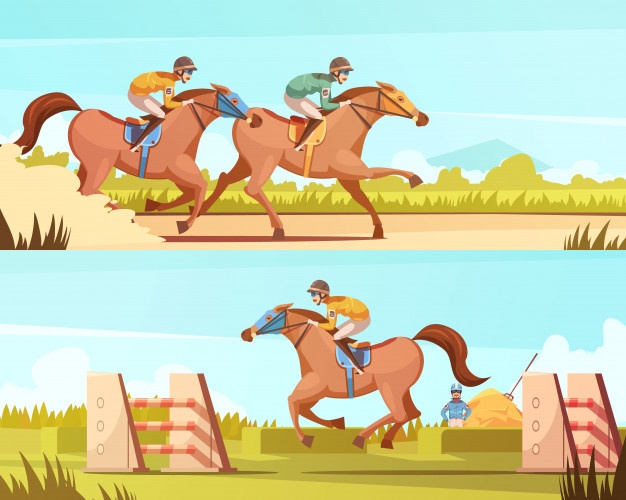Singapore Racecard: Everything You Should Know
Horse racing is one of the two gambling activities that are considered legal in Singapore. The other activity is the Singapore Lottery which is owned by the government and is run by Singapore Pools.
The organization that presides over the horse racing activities in Singapore is the Singapore Turf Club. The club was founded by businessman William Henry Mcleod Read in 1842. The first horse race was held in Farrer Park in 1843.
Today, many of the horse racing events were held in the modern Kranji Racecourse. The two biggest horse racing events in Singapore are the Lion City Cup and Kranji Mile.
Racecards are an important element in these events, it’s a small piece of paper that indicates the lists of the basic profile of racing horses and their racing history. To the uninitiated who are daunted by the task of understanding the information on racecards, here is the breakdown.
Jockey Color Code
The color-coded shirts that the jockey’s wear is one of the first things that you will notice in a horse race. The colors are reflected in the racecards too, this symbolizes the owners of the stables where the horses came from. Sometimes owners own two or more jockeys in a race so they wear the same color.
Race Number
The race card also listed the horses in numerical order. The numbers indicate the stall where the horses are kept before starting the race called draw. The draws are an important factor to determine the quality of the racecourse.
What is Form? What is the information indicted in it?
The form represents the basic profile of each individual horse in the race. It indicates the physical statistics of the horse, the jockey handling it and it’s racing history.
Horse Name
The name of the horse is often highlighted in some racecards so that punters can see them easily. The numbers in brackets in this place indicate the number of days since the horse’s last race. There are also abbreviations after the name indicating the place where the horse came from.
The following abbreviations are important to note:
C – shows a horse has won a particular race before
D – shows a horse has won the same distance before
CD – show a horse has won the same course and distance before
BF – represents the beaten favorite or a horse that is a fan favorite but lost a race
Age & Weight
Next information after the name is the age of the horse as well as its weight in kilograms or in imperial units. Sometimes factors like age, sex and weight of the horses have an impact in the winning of a horse that is why it is also represented.
Jockey
Next is the name of the jockey that rides the horse. Aside from looking at the profile of the horse, the success of the jockey or quality of the stable can also be an important factor in determining the winning horse.
Ratings
Some racecards also indicate the official BHA rating of a racehorse. This will also determine the numerical analysis of the handicappers based on the abilities of the racehorse.
Runs, Wins, Places & Prize Money
This section displays the racing history of the horse such as number of wins, racecourse participation and the prize money. It is helpful to determine the background and career history of the horse.
Trainer & Owner
The name of the trainer or owner of the stable where the horse came from is also a huge determining factor. If a stable has a good track record, it is easy to pick a winning horse.
Other indicators
There are other indicators displayed in the racecards that are not present in other Singapore race cards. Distance is how many miles the racecourse is and Going means the type of the conditions of the ground where the racetrack is such as good or firm. This information is displayed depending on the racecourse.



